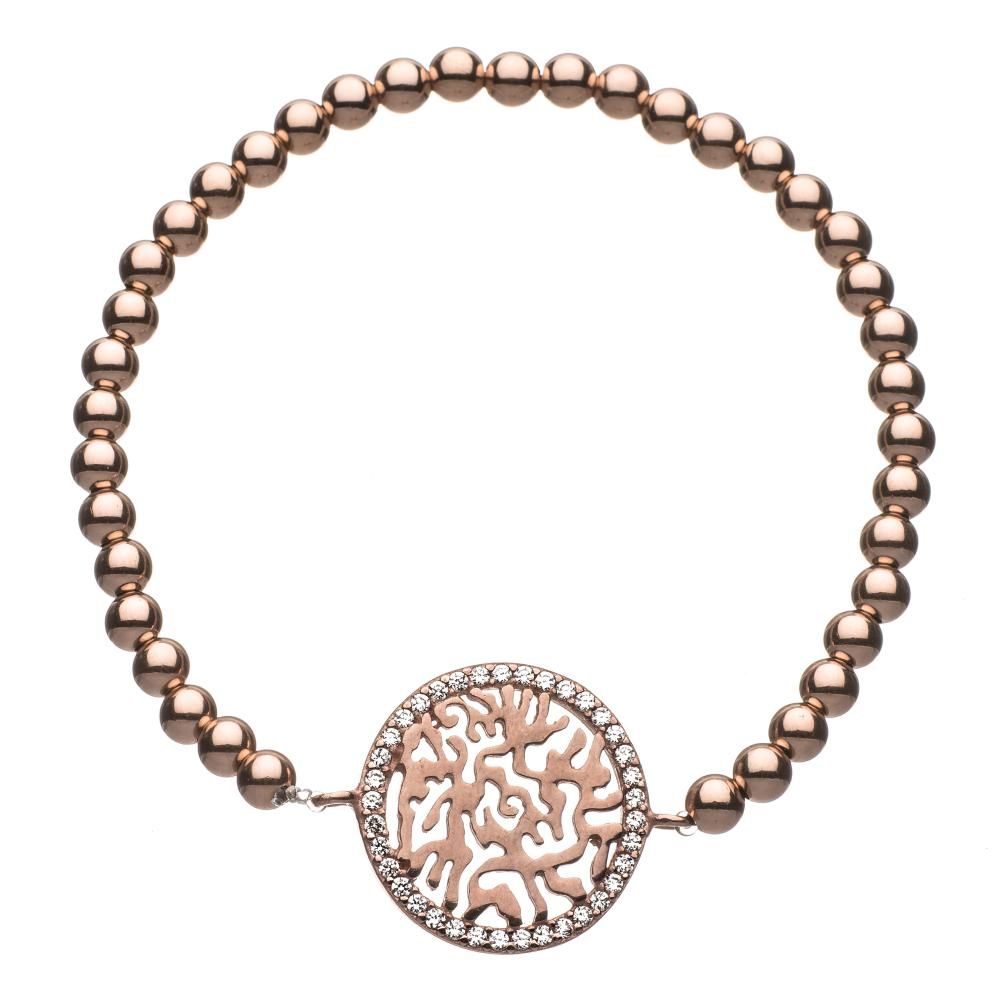You can find prayer beads in vast religions and cultures all over the world. The universal prayer items serve mainstream work in religions such as Hinduism, Islam, Christianity, Sikhism, Judaism, and Baha I faith. They are solely used to recite prayers, devotions, and chants. You can understand it with an example- Misbah and dhikr in Islam, and rosary in Catholicism. Countries such as turkey and Greece make use of Prayer Beads so as to relieve stress, tension, and passing time.
Prayer beads are constructed through strings and beads thus the creation of a smooth beaded necklace is possible. Nearly all religions and traditions make use of the same typical style. They are fingered one by one in an automatic manner with the least effort. This allows the supporter to pay full attention without any distraction. You can find some of these through holy art nowadays.
History of the Prayer Beads:
The original exact of the prayer beads in unknown however in the late 500 BC it is said that Hindu follower in India makes use of it. It is whispered in the air that Buddhist followers invented it and later it got borrowed by Hinduism. You can see its evidence in the 3rd century BC a statue of a man holding beads.
The concept of prayer bead got aired to the Middle East, China, and Japan from India. Originally it has its foot in Hinduism religion as well as tradition such as Japa Mala. Deity or mantra is termed as Japa and mala implies garland or wreath. In Muslim people call it Sufi, Tasbih, or Misbah. Worry beads are popularly known as prayer beads in Greece.
Practitioners of Catholics make use of it in early tradition.
Structure and style of prayer beads:
The total number of beads found in a single string depends on usage and religion. For example, in Hindus and Hindus and Buddhists, the Japa mala has around 108 beads- 27 beads respectively which mean around 4 counts while in Islam, the Misabah could have 99 or 33 beads. 108 beads prayer beads are owned by the Sikh and the Baha’i prayer bead contains 95 – 19 beads with addition 5 beads.
The rosary of Roman Catholic has 59 beads. The Orthodox Christians don’t have any prayer beads however it has knotted prayer rope. The rope is popularly known as Komboskini or chotki. In general, there are around 50- 33 knots in all chotki versions. In the 1980s, rev. Lynn Bauman introduced the rosary for Anglican. It has 33 beads.
Worry bead is also known as greek Komboloi. It can be used for relaxation purposes and stress relief.
What is the use of prayer bead in religion?
Traditional prayer beads got made or constructed through strings with similar seeds, knots, and sized beads. Some of the prayer beads got made through crushed rose petals. It is generally a way of keeping track of prayer and recording. It is an important factor so as to keep the count of religion with symbolic structure.
There are structured prayers beside the other bead types, they are symbolized as commitment. Interconnectedness among people can be symbolized via a circular bead. Each religion has its own style that is unique and thus you need to understand why it is so.
Muslim prayer beads:
At the core of Islamic tradition and religion, prayer beads are used for ages. It is well known that the concept of using a prayer bead is borrowed or taken from the Hindus religion. The bead could have 99 beads or 33 beads with one lead bead. The prayer bead represents or symbolizes each of the beads in name of Allah. The prayer bead string is called as misbaha or masbaha that implies “to praise”. It is basically made through date pits or wood from Mecca.
They are even crafted using the olive seeds, ivory, plastic, amber, pearl, and stones. Earlier they are made using the pebbles and stones.
Hindus Prayer beads:
In 500 BC, the prayer bead origin can be tracked in Hinduisms. It is popularly known as “JAPA MALA” and has 108 beads. The prayer beads are used mainly for counting during repeating specific Mantra, Reciting, or chanting. They are solely created through “Rudraksha seeds”. The most common material used is pearl and plastic.
Christian Prayer beads:
Roman Catholic makes use of prayer beads in Anglican Churches. Rosary got originated from the Latin word rose garden or rosarium. It has 59 beads and that counts can be done in a specific sequence.
Judaism prayer beads:
Judaism considers prayer beads as Pagan. They are known as “Tallit” and have specific knots. The white and blue silk of Tallit contains 5 and 4 knots respectively.
Sikhism prayer beads:
The Sikh devotee makes use of prayer beads in the name of Guru Granth Sahib. They also wear attire that suits the bead. The prayer bead can be worn around the wrists.
The Baha I faith:
The Baha I faith recite around 95 times a day. Prayer beads can be often used to assist requirements. It contains 95 beads.
Pagan faiths:
The followers of pagan faith began using the prayer bead. They can be used to worship, or spell casting. They are basically attributed to one subject.
Relaxation prayer beads:
In Turkey and Greece, you can see the prayer bead and this helps in relaxing, relieving stress, and pass time. It improves cognition as well as mental power. It can cure allergies, headaches, and head diseases.
Conclusion:
No matter which tradition you belong to, you can know about the various prayer beads available in the market. This will help you in understanding more about it, and how it can be used. It is an integral part of one’s life. It keeps the practitioner during the chanting. It thus serves them full devotion toward the religion and protects them from corruption and harm.
The modern beads are available online and you can see it. They are purely made of natural materials that are used in olden times. This may include Choerospondias axillaris, vyjanti, precatorious, and afzelia species.
Read Also:





























